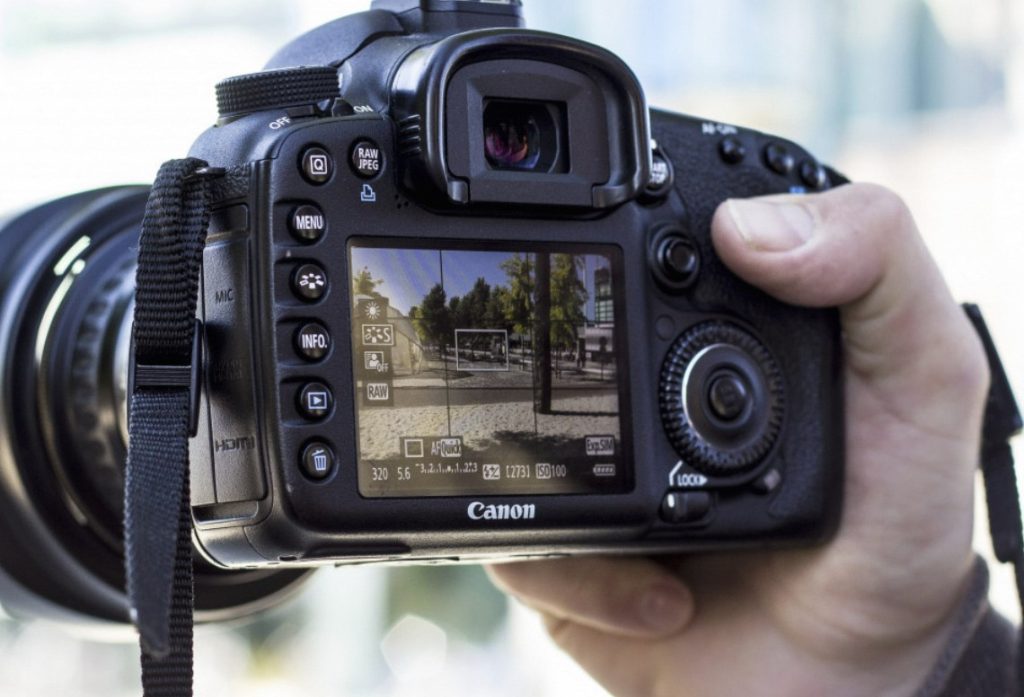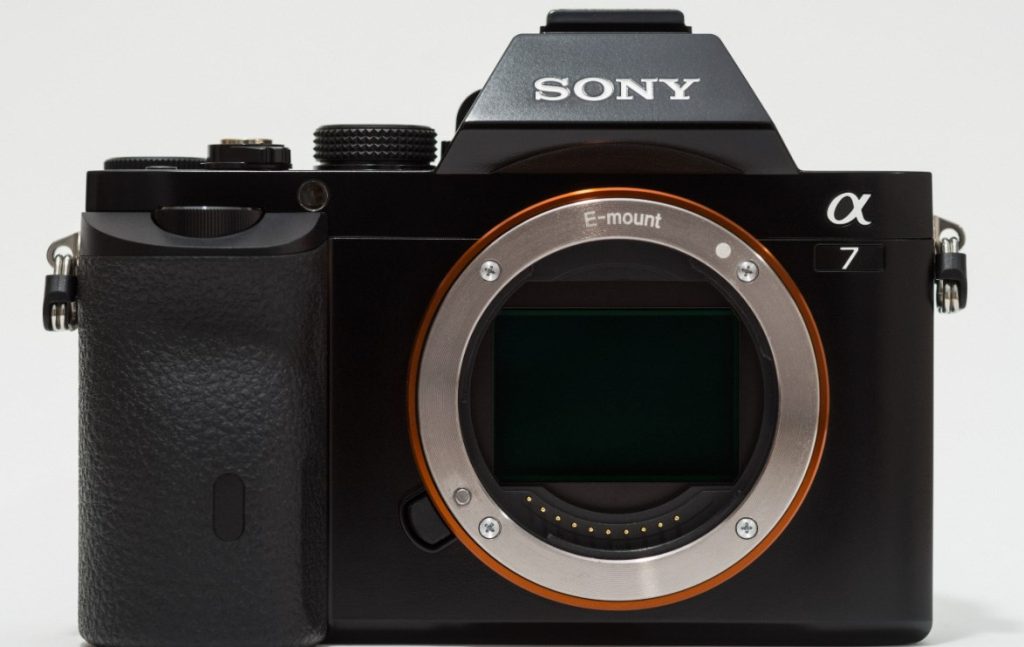The camera, a ubiquitous tool in our modern world, has revolutionized how we capture and document life’s moments. But who gets the credit for this groundbreaking invention? The answer, like the history of photography itself, is a fascinating journey with multiple contributing figures.

Part 1: The Camera Obscura – A Foundation for the Future
Early Light Experiments:
The story of the camera can be traced back to ancient civilizations and their observations of light and optics. For instance, the Greeks and Chinese engaged in early experimentation with pinhole cameras, which used a small aperture to project an inverted image onto a surface. These experiments, however, did not result in the capture of permanent images.
Despite the lack of permanent image capture in these early developments, they laid the foundation for the evolution of camera technology. Over time, innovations in optics, chemistry, and material science led to the invention of various camera types. This ultimately culminated in the creation of the first practical and permanent image-capturing camera in the early 19th century. The journey of the camera from its primitive beginnings to its modern sophistication showcases the enduring human quest to capture and preserve images, as well as the continual advancements in technology and scientific understanding that have shaped the evolution of photography.
The Camera Obscura Takes Center Stage:
The concept of the camera obscura, a darkened chamber with a small opening that projected an inverted image onto a screen, emerged in the 10th century. While not a camera in the true sense, the camera obscura played a crucial role in understanding how light could be used to create an image. Leonardo da Vinci, a renowned artist and scientist, is credited with providing detailed descriptions of the camera obscura in his notebooks.
Part 2: Capturing Light – The Dawn of Photography
Silver Dreams – The Quest for Light Sensitivity:
The quest to capture a permanent image from the camera obscura spurred experiments with light-sensitive materials. In the 16th century, Georgius Fabricius made a significant observation regarding the darkening of silver nitrate upon exposure to light. This discovery served as a vital step in the development of photography, laying the groundwork for future advancements in capturing light.
Fabricius’ discovery of silver nitrate’s light-sensitive properties hinted at the potential to record images using light and chemicals. Building upon this insight, subsequent experimentation and innovation in chemistry and material science enabled the creation of light-sensitive emulsions and other photographic materials. These materials played a crucial role in the evolution of early photographic processes, ultimately leading to the invention of the first practical methods for capturing and preserving permanent images.
Fabricius’ observation, therefore, represents a significant milestone in the history of photography, as it paved the way for the future development of light-sensitive materials and the realization of the long-standing human ambition to capture and preserve visual images.

Joseph Nicéphore Niépce – The First Permanent Photograph:
Enter Joseph Nicéphore Niépce, a French inventor often credited as the father of photography. Through tireless experimentation, Niépce, around 1826, successfully captured the world’s first permanent photograph using a process called heliography. His image, “View from the Window at Le Gras,” required an exposure time of eight hours, but it marked a revolutionary step in capturing light.
Part 3: Collaboration and Refinement – Building Upon Early Success
The Partnership of Louis Daguerre:
Niépce’s pioneering work in photography garnered the attention of Louis Daguerre, a highly talented artist and entrepreneurial individual. The collaboration between Niépce and Daguerre resulted in the refinement of the heliographic process, ultimately leading to the invention of the daguerreotype in 1839. This milestone in the history of photography marked a significant improvement in the capturing of images.
The daguerreotype process represented a substantial advancement, substantially reducing exposure times from several hours to just a few minutes. This innovation made the process considerably more practical and accessible for photographers, paving the way for broader adoption and use. The daguerreotype quickly gained popularity due to its ability to produce detailed, sharp, and one-of-a-kind images on polished silver plates.
The collaboration between Niépce and Daguerre, along with their advancements in the heliographic process, played a pivotal role in the evolution of photography, ushering in a new era in the history of image-making and setting the stage for further technological advancements in the medium.

The Importance of Collaboration:
The partnership between Niépce and Daguerre highlights the collaborative nature of innovation. While Niépce laid the foundation with his early experiments, Daguerre’s technical expertise and business acumen were instrumental in bringing the daguerreotype to the public.
Part 4: Beyond the Daguerreotype – The Evolution of Photography
Henry Fox Talbot and the Calotype:
While the daguerreotype was a marvel, it had limitations. Only one positive image could be produced from each negative. Henry Fox Talbot, a British scientist, introduced the calotype process in 1841. This process allowed for the creation of multiple paper prints from a single negative, making photography more accessible.
Celluloid Film and the Rise of Motion Pictures:
The invention of celluloid film in the late 19th century revolutionized photography. This flexible film allowed for the capture of sequential images, paving the way for the development of motion pictures. Photography continued to evolve throughout the 20th century, with the introduction of smaller cameras, faster film speeds, and color photography.

Part 5: The Digital Age – A New Era of Photography
The Rise of Digital Cameras:
The late 20th century witnessed a seismic shift with the invention of digital cameras. These cameras replaced film with electronic sensors, allowing for instant image capture and review. Digital photography has become the dominant form of photography today, with advancements in technology leading to smaller, more powerful cameras with incredible image quality.
Conclusion: A Legacy of Innovation
The story of the camera isn’t about a single inventor, but rather a remarkable journey of discovery and collaboration. From the early observations of light to the sophisticated digital cameras of today, the history of photography is a testament to human ingenuity and our desire to capture the world around us. As technology continues to evolve, one thing remains certain: the camera will continue to play a vital role in how we document and share our experiences.



